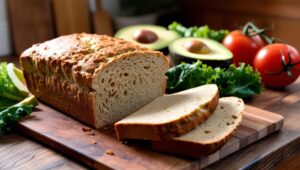Table of Contents
ToggleAre you struggling with loose skin after embarking on your keto journey? You’re not alone. Many people experience this common side effect of significant weight loss, but there’s hope! In this expert guide, we’ll explore 12 proven strategies to combat loose skin while following a ketogenic lifestyle.
From understanding the difference between loose skin and stubborn fat to harnessing the power of nutrition and exercise, we’ve got you covered. Discover:
• The role of collagen in skin elasticity
• How intermittent fasting can benefit your skin
• The importance of gradual weight loss
• Natural remedies and medical treatments for tighter skin
Whether you’re just starting your keto journey or you’ve already achieved your weight loss goals, these strategies will help you achieve tighter, healthier skin. Let’s dive in and unlock the secrets to a more confident you!
Keto and Loose Skin: 12 Proven Strategies for Tighter, Healthier Skin
Understanding Loose Skin on Keto
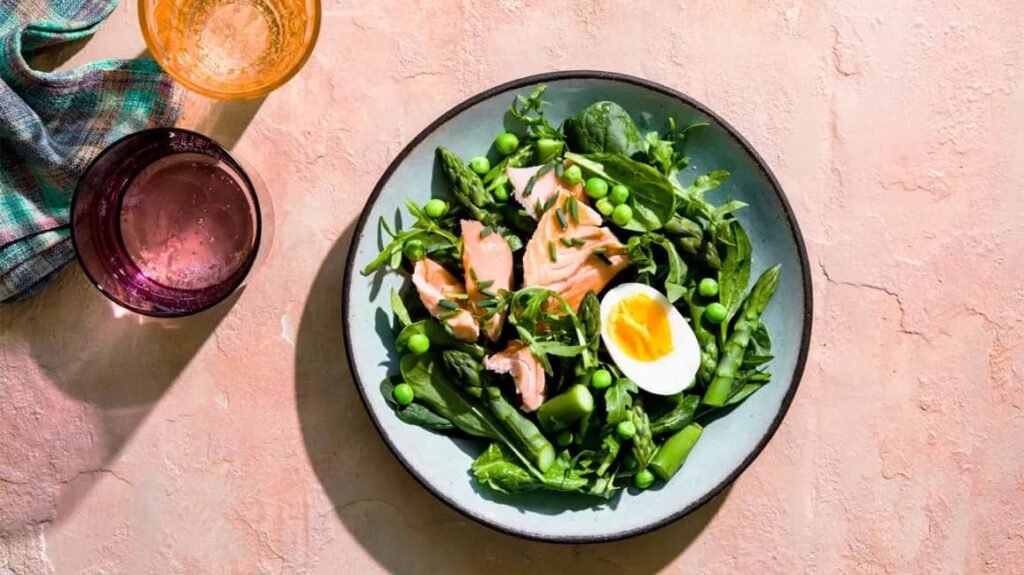
Embarking on a keto diet journey can lead to impressive weight loss results. But as the pounds melt away, you might notice something unexpected: loose skin.
Imagine slipping into your favorite jeans, only to find excess skin around your waistline. It’s a common concern for many on their weight loss journey, especially those who’ve shed a significant amount of weight.
But why does this happen? When you lose weight rapidly, your skin might not have enough time to adjust to your new shape. It’s like a balloon that’s been inflated and deflated quickly – it might not snap back immediately.
The keto diet, known for its effectiveness in weight loss, can sometimes lead to this situation. However, it’s crucial to understand that the diet itself doesn’t cause loose skin. Rather, it’s the rapid weight loss that can sometimes outpace your skin’s ability to adapt.
Don’t worry, though! Understanding this phenomenon is the first step in addressing it effectively.
Distinguishing Loose Skin from Stubborn Fat
Before you start worrying about loose skin, let’s make sure that’s actually what you’re dealing with. Sometimes, what appears to be loose skin might actually be stubborn fat.
Here’s a simple test you can try at home:
1. Pinch the area you’re concerned about.
2. If you can grab more than a few millimeters of skin, there’s likely still some fat present.
This “pinch test” can help you distinguish between loose skin and stubborn fat. If it’s mostly skin, you’ll feel a thin layer between your fingers. If there’s substantial fat, you’ll feel a thicker layer.
Remember, everyone’s body is different. What looks like loose skin on one person might be stubborn fat on another. Understanding your own body is key to addressing your concerns effectively.
💡 Key Takeaways: While the keto diet can lead to significant weight loss, it’s the rapid loss, not the diet itself, that can result in loose skin, which is different from stubborn fat.
Factors Influencing Skin Elasticity During Weight Loss
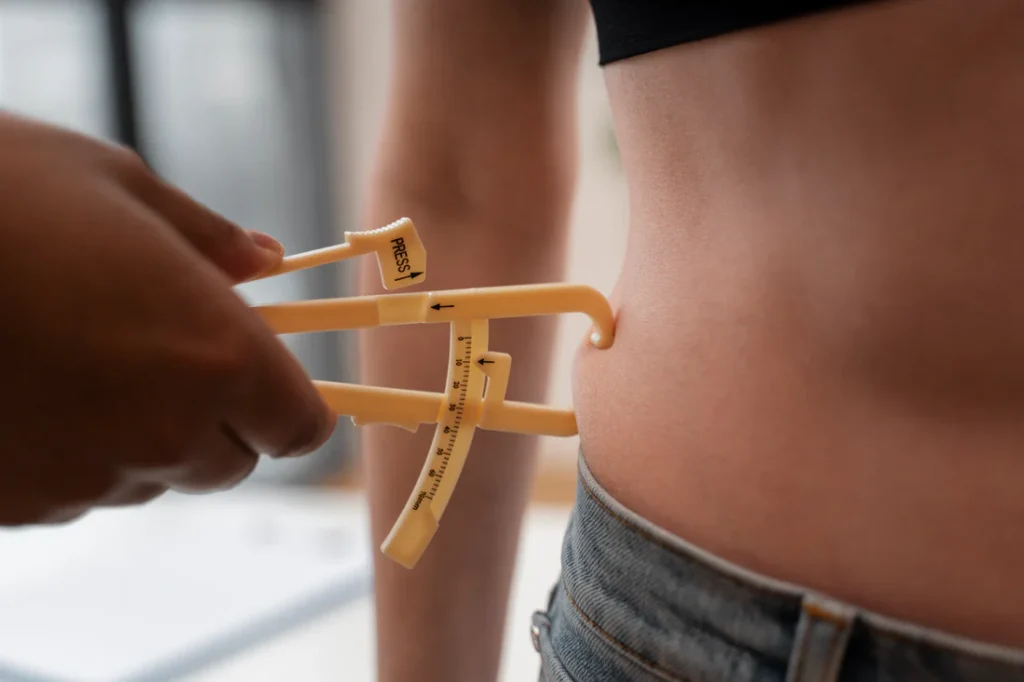
When it comes to skin elasticity during weight loss, several factors come into play. It’s like tending to a garden – various elements contribute to the overall health and appearance of your skin.
First, let’s talk about age. As we get older, our skin naturally loses some of its elasticity. It’s like a rubber band that’s been stretched too many times – it doesn’t snap back as quickly as it used to.
Next, consider the rate of weight loss. Losing weight too quickly can be like rapidly deflating a balloon – the skin might not have enough time to adjust to the new shape.
Your overall health and lifestyle habits also play a crucial role. Think of your skin as a reflection of your internal health. What you eat, how much you sleep, and even how much stress you’re under can all impact your skin’s ability to bounce back.
Lastly, don’t underestimate the power of genetics. Just like some people are naturally more flexible, some have skin that’s naturally more elastic.
Impact of Age and Rate of Weight Loss
Age is a significant factor when it comes to skin elasticity. As we get older, our skin produces less collagen and elastin, the proteins responsible for skin’s firmness and elasticity.
Imagine your skin as a piece of fabric. When you’re young, it’s like a new, stretchy lycra. As you age, it becomes more like an old cotton t-shirt – less likely to snap back into shape.
The rate of weight loss also plays a crucial role. Rapid weight loss, often seen in major weight loss journeys, can outpace your skin’s ability to adapt. It’s like trying to shrink a oversized sweater too quickly – you might end up with a misshapen garment.
Role of Lifestyle Habits and Sugar Consumption
Your lifestyle habits can significantly impact your skin’s health and elasticity. Think of your body as a complex machine – every part needs proper care to function optimally.
Regular exercise, for instance, can improve circulation, delivering more nutrients to your skin. It’s like giving your skin a power boost, helping it stay healthy and resilient.
Sugar consumption is another crucial factor. High blood sugar levels can damage collagen and elastin, making your skin less elastic. It’s like pouring syrup on a rubber band – it becomes sticky and loses its stretch.
Smoking, excessive alcohol consumption, and lack of sleep can also negatively impact your skin’s health. These habits can lead to increased oxidative stress, which is like rust forming on a machine – it slowly breaks down the components.
On the flip side, staying hydrated, eating a balanced diet rich in vitamins and minerals, and protecting your skin from excessive sun exposure can all contribute to better skin health and elasticity.
💡 Key Takeaways: Age, rate of weight loss, lifestyle habits, and sugar consumption all play significant roles in skin elasticity during weight loss, emphasizing the importance of a holistic approach to skin health.
Nutritional Support for Skin Health on Keto
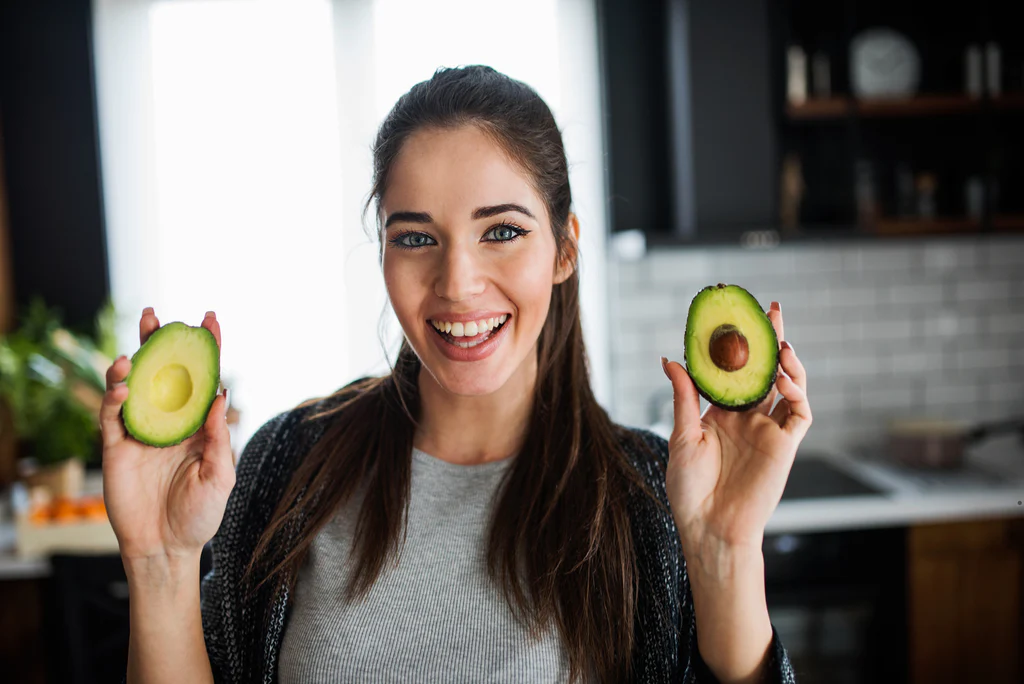
When it comes to maintaining skin health on a keto diet, nutrition plays a starring role. Think of your body as a garden – the right nutrients are like fertilizer, helping your skin flourish.
First up, let’s talk about protein. On a keto diet, it’s not just about fats. Protein is crucial for skin health. It’s like the building blocks for your skin, helping to maintain its structure and elasticity.
Next, don’t forget about vitamins, especially vitamin C. This potent antioxidant is like a shield for your skin, protecting it from damage and supporting collagen production. Imagine it as a superhero, fighting off the villains that try to age your skin prematurely.
Omega-3 fatty acids are another skin-loving nutrient. They’re like the oil that keeps your skin’s engine running smoothly, helping to maintain its moisture and flexibility.
Hydration is key too. Water is like the river that carries all these nutrients to your skin cells. Staying well-hydrated helps your skin stay plump and elastic.
Importance of Protein for Skin Elasticity
Protein is a superstar when it comes to skin health. It’s the main component of collagen, which gives your skin its structure and elasticity.
Think of collagen as the scaffolding of your skin. Without enough protein, this scaffolding can become weak and unstable. That’s why ensuring adequate protein intake is crucial, especially when you’re losing weight.
On a keto diet, focus on high-quality protein sources like:
– Eggs
– Fish
– Chicken
– Beef
– Pork
These protein sources provide the amino acids your body needs to produce collagen and maintain skin elasticity.
Benefits of Omega-3 Fatty Acids
Omega-3 fatty acids are like a soothing balm for your skin. They help maintain your skin’s lipid barrier, keeping it moisturized and supple.
These essential fats also have anti-inflammatory properties. Think of them as firefighters, helping to calm any inflammation in your skin.
Good sources of omega-3s on a keto diet include:
– Fatty fish like salmon and mackerel
– Chia seeds
– Flaxseeds
– Walnuts
Incorporating these foods into your diet can help support your skin’s health and elasticity.
💡 Key Takeaways: A well-balanced keto diet rich in protein, vitamin C, and omega-3 fatty acids provides crucial nutritional support for maintaining skin health and elasticity during weight loss.
Collagen Supplementation for Skin Improvement
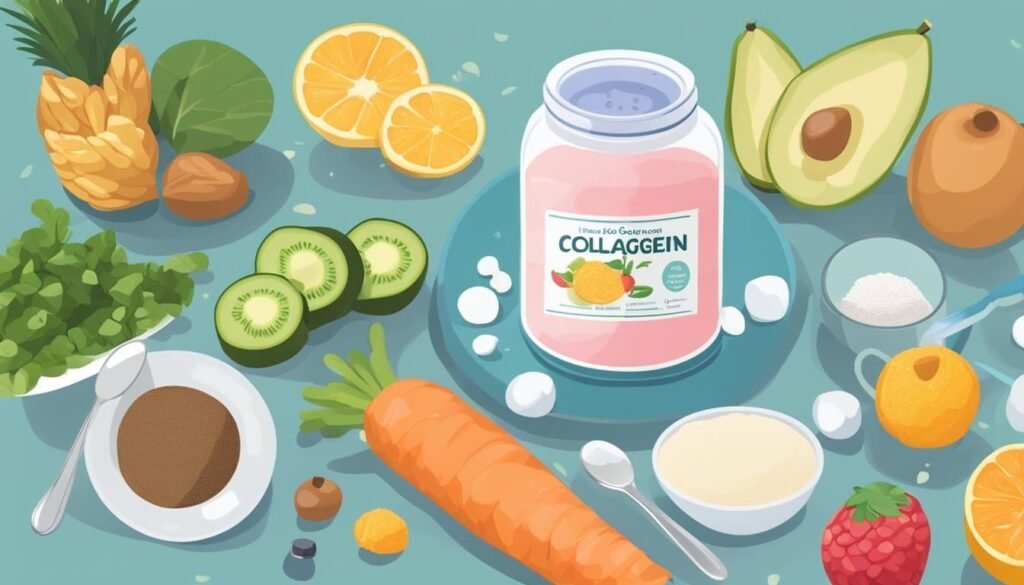
Collagen supplementation has gained popularity as a potential solution for improving skin health, especially during weight loss. It’s like giving your skin an extra boost of its favorite building material.
Collagen is the most abundant protein in our bodies, making up a significant portion of our skin, hair, and nails. Think of it as the glue that holds our bodies together. As we age or lose weight rapidly, our natural collagen production can decrease, leading to less elastic skin.
This is where collagen supplements come in. They’re designed to provide your body with the building blocks it needs to support skin health. It’s like handing your body a toolkit filled with the exact tools it needs to repair and maintain your skin.
Collagen peptides, a specific form of collagen supplement, have shown promising results in improving skin elasticity. These peptides are like smaller, more easily absorbed pieces of collagen that your body can put to use quickly.
A study published in the Journal of Cosmetic Dermatology found that women who took collagen peptides for 8 weeks showed significant improvement in skin elasticity compared to those who didn’t. It’s like giving your skin a mini facelift from the inside out.
Here’s how you can incorporate collagen into your keto diet:
1. Choose a high-quality collagen powder or peptide supplement
2. Mix it into your morning coffee or tea
3. Add it to your keto smoothies
4. Use it in keto-friendly baked goods
Remember, while collagen supplements can be beneficial, they work best as part of a comprehensive approach to skin health. Think of them as one piece of the puzzle, not a magic solution.
💡 Key Takeaways: Collagen supplementation, particularly in the form of collagen peptides, can be a promising strategy for improving skin elasticity and overall skin health during weight loss on a keto diet.
Intermittent Fasting and Skin Health
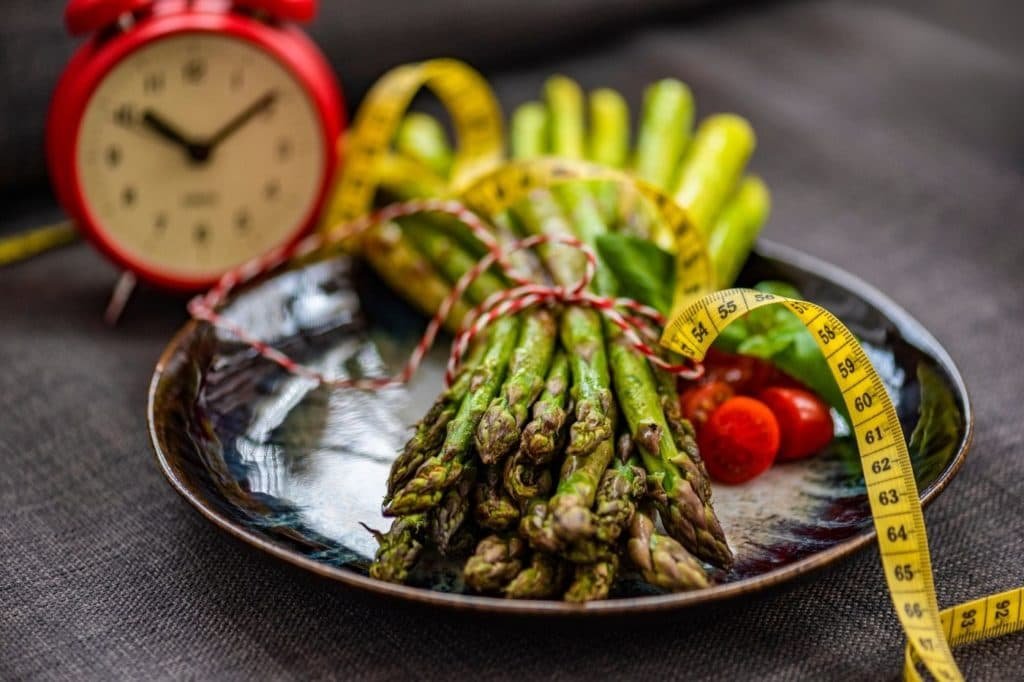
Intermittent fasting, a popular companion to the keto diet, may offer unexpected benefits for skin health. It’s like giving your skin a mini vacation, allowing it to focus on repair and renewal.
When you fast, your body enters a state called autophagy. Think of autophagy as your body’s cleaning crew, removing damaged cells and regenerating new ones. This process can be particularly beneficial for skin health.
Here’s how it works:
1. During fasting periods, your body isn’t busy digesting food
2. This allows it to focus on cellular repair and regeneration
3. Old, damaged skin cells are broken down and recycled
4. New, healthier skin cells are produced
It’s like hitting the reset button on your skin cells, potentially leading to improved skin texture and elasticity.
Different intermittent fasting schedules you can try:
– 16/8 method: Fast for 16 hours, eat within an 8-hour window
– 5:2 diet: Eat normally for 5 days, restrict calories for 2 non-consecutive days
– Eat-Stop-Eat: 24-hour fasts once or twice a week
Remember, the key is to find a fasting schedule that works for you and your lifestyle. It’s not about starving yourself, but rather giving your body regular periods of rest from digestion.
While more research is needed to fully understand the impact of intermittent fasting on skin health, many people report improvements in skin clarity and texture when combining intermittent fasting with a keto diet.
💡 Key Takeaways: Intermittent fasting, through the process of autophagy, may contribute to skin health by promoting cellular repair and regeneration, potentially improving skin texture and elasticity.
Physical Activity for Tighter Skin

Physical activity isn’t just great for your overall health – it can also play a crucial role in tightening loose skin. Think of exercise as a natural way to tone and firm your body, skin included.
When you engage in physical activity, especially strength training, you’re building muscle mass. This increased muscle can help fill out areas where you’ve lost fat, potentially reducing the appearance of loose skin. It’s like inflating a slightly deflated balloon – the extra volume can help smooth out any wrinkles.
Moreover, exercise increases blood flow throughout your body. This improved circulation delivers more oxygen and nutrients to your skin cells, promoting overall skin health. It’s like giving your skin cells a power boost, helping them function at their best.
But that’s not all. Regular physical activity can also:
1. Boost collagen production
2. Improve skin elasticity
3. Enhance overall skin appearance
4. Reduce stress, which can negatively impact skin health
Remember, consistency is key. It’s better to engage in moderate exercise regularly than to push yourself too hard occasionally.
Importance of Strength Training
Strength training, or resistance training, is particularly beneficial when it comes to tightening loose skin. It’s like sculpting your body from the inside out.
When you build muscle through strength training, you’re increasing the volume beneath your skin. This can help tighten loose skin and improve overall body contour. Think of it as filling out a loose-fitting garment – the more you fill it, the less loose it appears.
Types of strength training exercises to consider:
– Weight lifting
– Bodyweight exercises (push-ups, squats, lunges)
– Resistance band workouts
– Pilates
Start with exercises that target large muscle groups for maximum impact. As you progress, you can incorporate more specific exercises to target problem areas.
Benefits of Cardio Exercises
While strength training is crucial, don’t overlook the benefits of cardio exercises. They’re like the yin to strength training’s yang, offering complementary benefits for skin health.
Cardio exercises, such as running, cycling, or swimming, can help:
1. Improve overall circulation
2. Boost metabolism
3. Reduce body fat percentage
4. Promote sweating, which can help cleanse your pores
Think of cardio as a full-body flush, helping to cleanse your system and promote overall health, which in turn benefits your skin.
Remember, the goal is to find a balance between cardio and strength training. This combination can help you build muscle, reduce fat, and potentially tighten loose skin more effectively than either type of exercise alone.
💡 Key Takeaways: A balanced approach to physical activity, incorporating both strength training and cardio exercises, can help build muscle, improve circulation, and potentially tighten loose skin, contributing to overall skin health and appearance.
Gradual Weight Loss Approach

When it comes to preventing loose skin during weight loss, slow and steady wins the race. It’s like giving your skin a chance to catch up with your shrinking body.
Weight-loss expert Dr. Eric Berg recommends losing no more than 1-2 pounds per week. This gradual approach allows your skin time to adjust to your changing body shape. Think of it as slowly deflating a balloon – it’s less likely to wrinkle than if you let all the air out at once.
Here’s why a gradual approach works:
1. It gives your skin time to produce new collagen and elastin
2. It allows for the breakdown of excess skin cells
3. It reduces the stress on your skin, minimizing damage
4. It allows you to build healthy habits that support long-term success
Remember, sustainable weight loss is about making lifestyle changes, not quick fixes. It’s like building a house – you want a strong foundation that will last, not a rushed job that might collapse.
To implement a gradual weight loss approach:
– Set realistic weekly weight loss goals
– Focus on nutrient-dense, keto-friendly foods
– Incorporate regular physical activity
– Stay hydrated
– Get adequate sleep
Dr. Berg emphasizes the importance of nutrition in this process. Ensure you’re getting enough protein, vitamins, and minerals to support your skin health as you lose weight.
💡 Key Takeaways: A gradual weight loss approach of 1-2 pounds per week, as recommended by Dr. Eric Berg, allows your skin time to adapt, potentially reducing the likelihood of loose skin and supporting long-term success.
Whole Foods Focus in Keto Diet
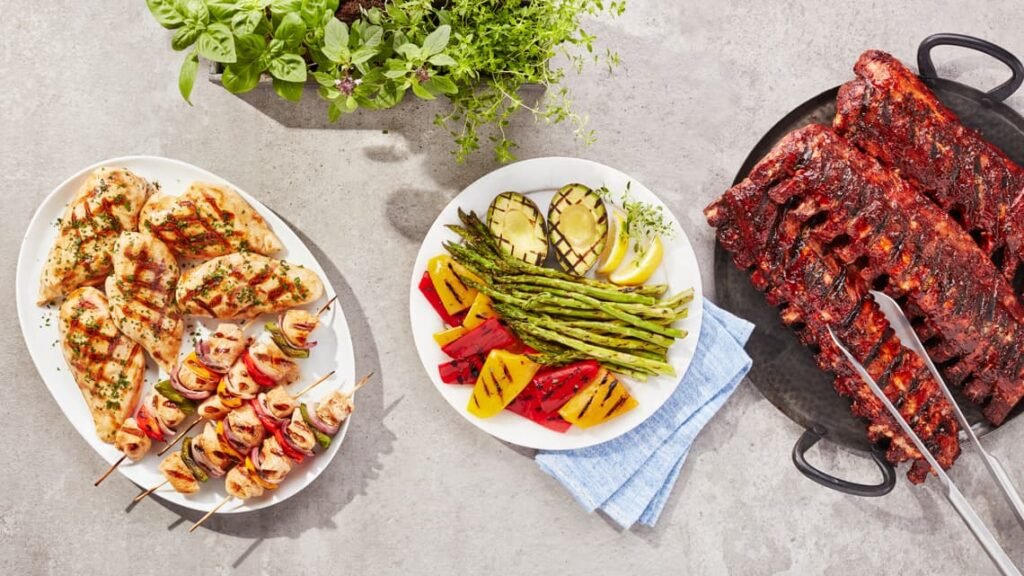
When it comes to supporting skin health on a ketogenic diet, focusing on whole foods is like giving your body the best building materials for constructing healthy skin.
Whole foods are nature’s multivitamins. They’re packed with nutrients that support overall health, including skin elasticity and firmness. Think of them as the premium ingredients in your skin-health recipe.
Here’s why whole foods are crucial:
1. They’re rich in vitamins and minerals essential for skin health
2. They provide natural antioxidants that protect your skin from damage
3. They offer a balance of macronutrients to support overall health
4. They’re often high in fiber, supporting digestive health which can reflect in your skin
On a keto diet, focus on these whole food groups:
Protein-Rich Foods
Protein is crucial for skin health. Opt for easy-to-make protein sources like:
– Eggs
– Fatty fish (salmon, mackerel)
– Grass-fed beef
– Free-range chicken
Low-Carb Vegetables
These provide essential vitamins and minerals:
– Leafy greens (spinach, kale)
– Cruciferous vegetables (broccoli, cauliflower)
– Zucchini
– Bell peppers
Healthy Fats
Fats are essential on a keto diet and can support skin health:
– Avocados
– Olive oil
– Nuts and seeds
– Coconut oil
Low-Sugar Fruits
While fruits are limited on keto, some can be included in moderation:
– Berries (strawberries, raspberries)
– Lemons and limes
By focusing on these whole foods, you’re not just following a ketogenic diet – you’re nourishing your body and skin from the inside out. It’s like feeding your skin a gourmet meal every day, giving it the best chance to stay healthy and elastic.
💡 Key Takeaways: A whole foods-focused approach to the ketogenic diet provides essential nutrients that support skin health, potentially aiding in maintaining skin elasticity during weight loss.
Non-Dietary Factors for Skin Health
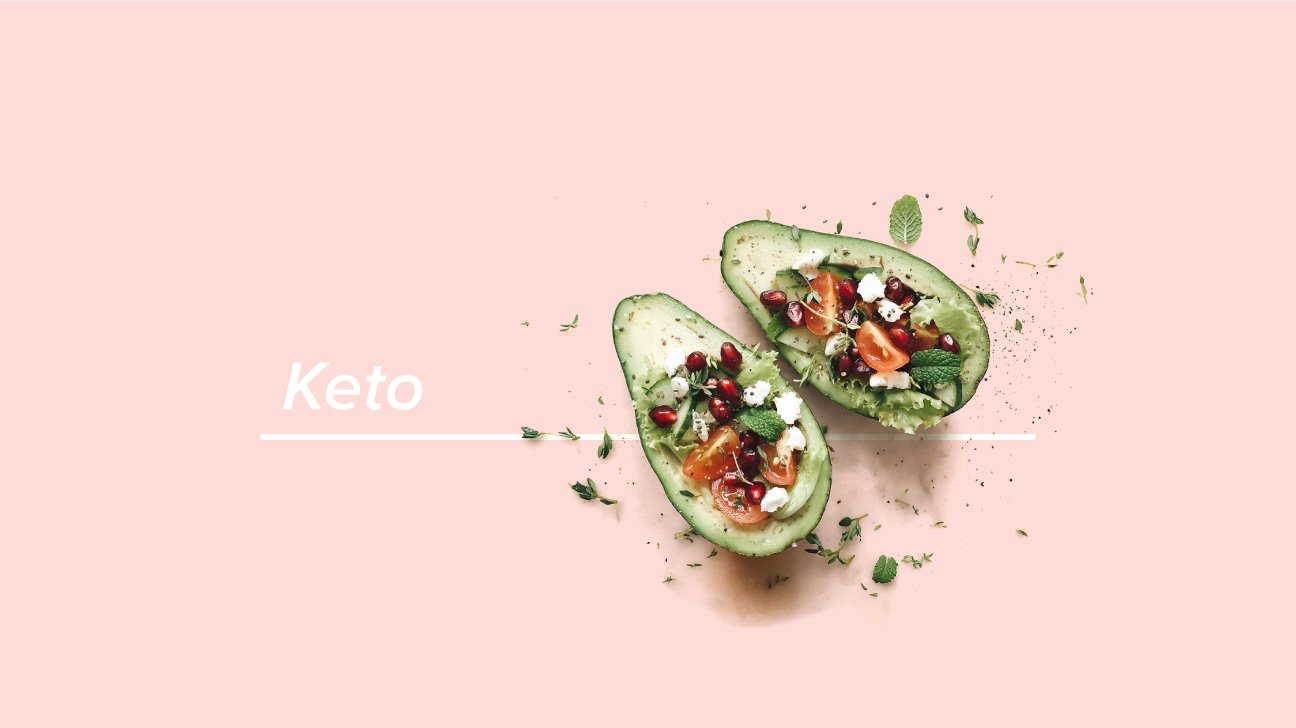
While diet plays a crucial role in skin health, non-dietary factors are equally important. It’s like tending to a garden – water and nutrients are essential, but so are sunlight, protection from pests, and proper care.
Let’s explore some key non-dietary factors that can significantly impact your skin health:
Conclusion
As we wrap up our exploration of managing loose skin on a keto diet, remember that achieving tighter, healthier skin is a journey that requires patience and persistence. By implementing these 12 proven strategies, you’re not just addressing loose skin but embracing a holistic approach to health and wellness. From optimizing nutrition with collagen-rich foods to incorporating strength training and practicing stress reduction, each step contributes to your skin’s resilience and overall well-being.
Remember, everyone’s body responds differently, so be kind to yourself and celebrate the progress you’ve made. Whether you opt for natural remedies or consider medical treatments, the key is to make informed decisions that align with your personal goals. As you continue your keto journey, stay committed to nourishing your body, protecting your skin, and maintaining a positive outlook. Your dedication to a healthier lifestyle will not only reflect in your appearance but also in your confidence and vitality. Here’s to your success in achieving the tighter, healthier skin you desire!


